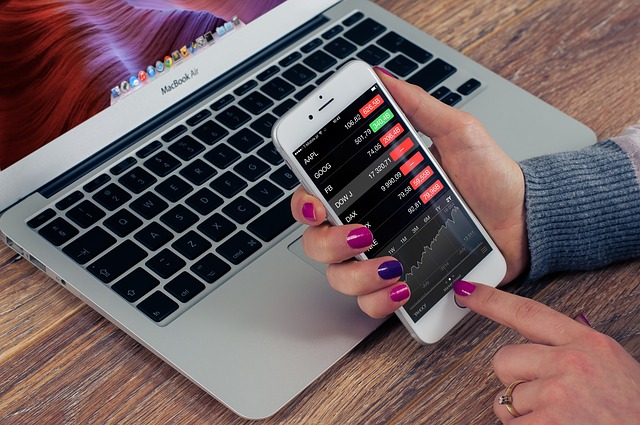In the world of online trading, the pitfalls opportunities are plentiful. We need to accept that much like a six-lane highway the markets move fast and push through a large amount of volume. Also, like the highway, we find ourselves on them to get to where we want to go faster than traveling the slower side roads, but we must accept a couple of things.
First, the freeway is no place for the slow and unprotected. Pedestrians are not going to fare well trying to travel the freeway. Second, with the opportunity of going faster with fewer stops we also have to recognize that the better travel opportunity has greater risk and therefore it is important to understand the tools that the professionals use to limit their risk. Third, every time you get on the freeway you should know where to get on and where to get off. In other words, have a plan and stick to it. That is as true in the markets just as it is with public transportation.
With that in mind, below are the most common amateur pitfalls when online trading and a couple of tips on how to avoid them. These pitfalls typically revolve around the common emotional market cycle. This cycle begins with the FOMO (fear of missing out) progresses to “ride it out” through fear of loss and ends with FOMO again.
FOMO
Warren Buffet once said, “I’ll tell you how to get rich. Be fearful when others are greedy and greedy when others are fearful.” Someone reading this might assume that Mr. Buffet is a consummate contrarian, but that person would be wrong. Contrarianism is not what he was talking about. What he was talking about is that the market on whole tends to be an emotional environment and those that can keep from the typical emotion will see clearly enough to know when to get into a trade or investment and just as importantly, when to get out. The killer emotion that we see most often with amateurs is what is called FOMO or fear of missing out. What we see is that an equity will start a good upward trend and it will get the attention of a media outlet who will announce that the equity is outperforming. We then see what is called irrational exuberance take that equity to new highs and the amateur fears missing out on a runaway profit opportunity and they buy in. Unfortunately, right about the time that the equity spikes are about the time that the professionals are thinking that they will lock in some profits by selling off what they have. This massive sell by the professionals often drives the equity back down.
Ride It Out
There is a theory out there that when things start going bad, the best thing to do is to just ride it out. That may have been better advice or better in practice pre-internet when the only people in the market were professionals but now with the massive waves of emotion in the market that will take the market up or down more than 50 percent, this thought pattern no longer shows the same validity. If you consider a 100K account riding out the market from the year 2000 to 2020 as opposed to an account that sells off after a 5 percent loss and reenters the market when the market levels out the difference is a little more than $470,000 favoring the selloff methodology. In short, a trader or investor needs to go into a trade knowing not only what price point they want to get in at but also defining what their acceptable loss is before deciding to get out.
Fear of Loss
This emotional pitfall hits amateurs in two different ways. First, it prevents the trader or investor from getting into a position at all. This is a problem because what we know for certain is that if you never get into the market you never make any money in the market. Oddly enough our fear of failure is so strong that oftentimes people will look at a good investment, know that it is a good investment but emotionally would rather not take the risk of loss rather than take the investment that they know has an 80 percent chance of paying off.
The second form of this emotion comes when the amateur has been holding a losing trade for too long and finally decides that they are no longer willing to lose any more, so they get out just at the time that the professionals are seeing it bottom out. In this scenario, we see that most amateurs buy high with FOMO and sell low with fear of loss. Obviously, this is backward from the tried and true buy low and sell high model.
Overall, what amateurs need to recognize when online trading is that the market works in cycles. There will be highs and lows. The professional understands the signals that indicate that the market is cycling up or cycling down and further knows how to take advantage of both cycles. To the professional, the direction of the market is immaterial to money-making opportunity whereas to the amateur there is only one direction that can be used for profit.
Finally, the amateur needs to understand upfront that they highway that we call the market is a wonderful place to be but only if you know the rules of the road.
Aaron Warby is the owner of Online Trading Academy.




